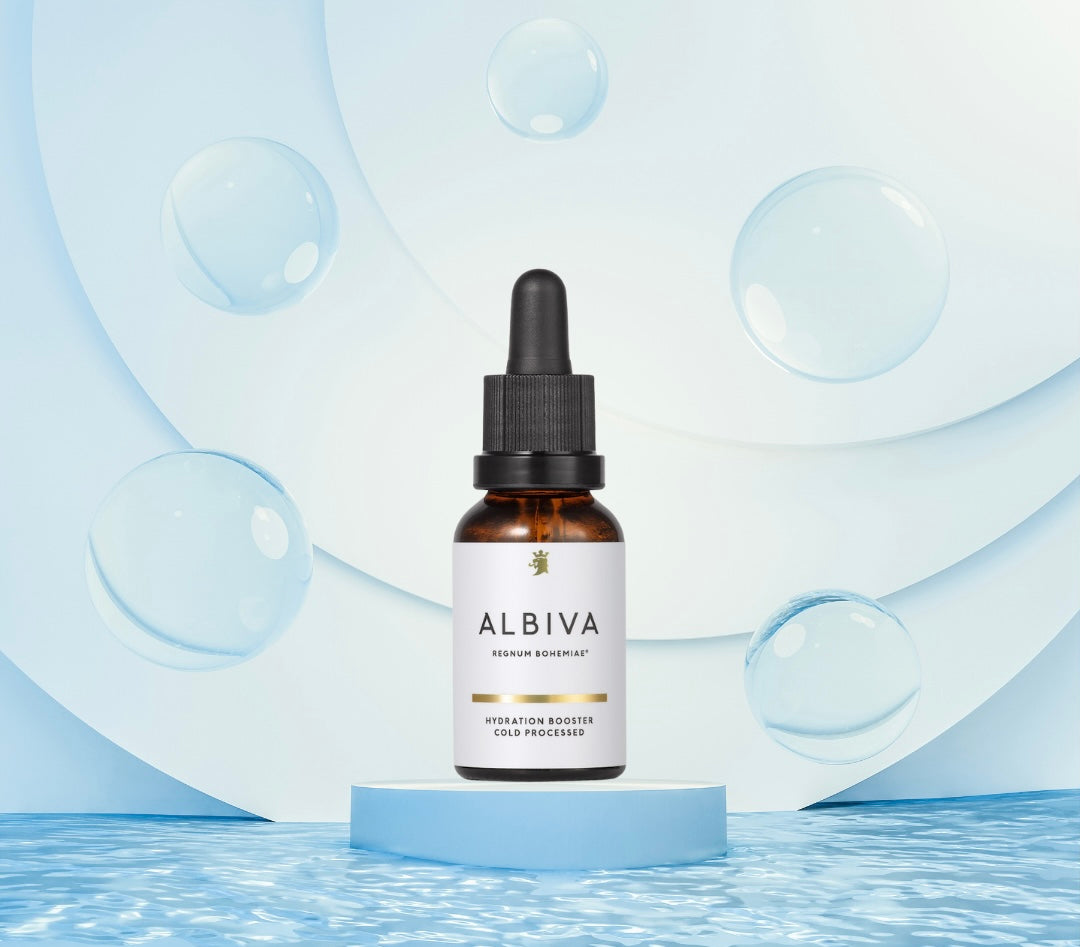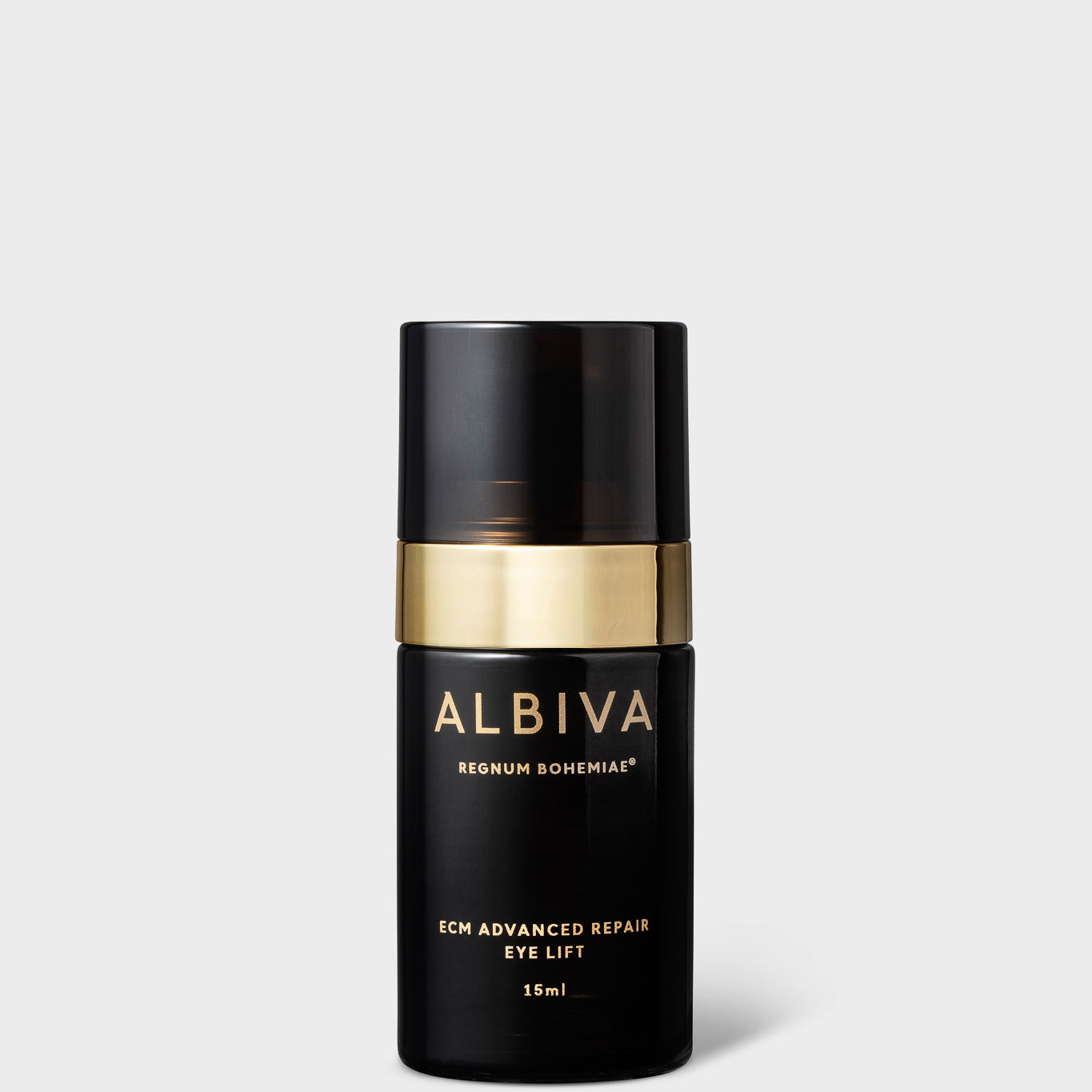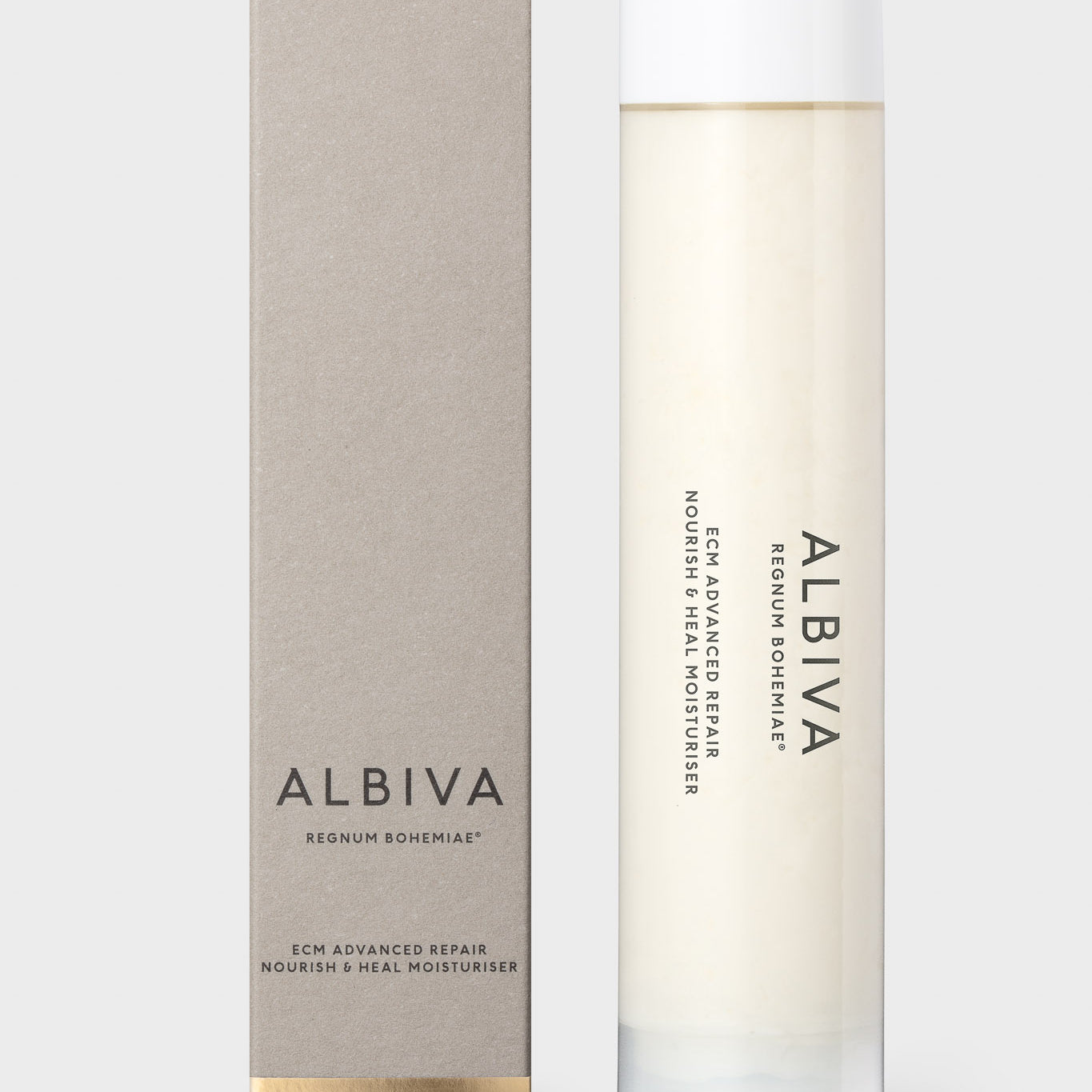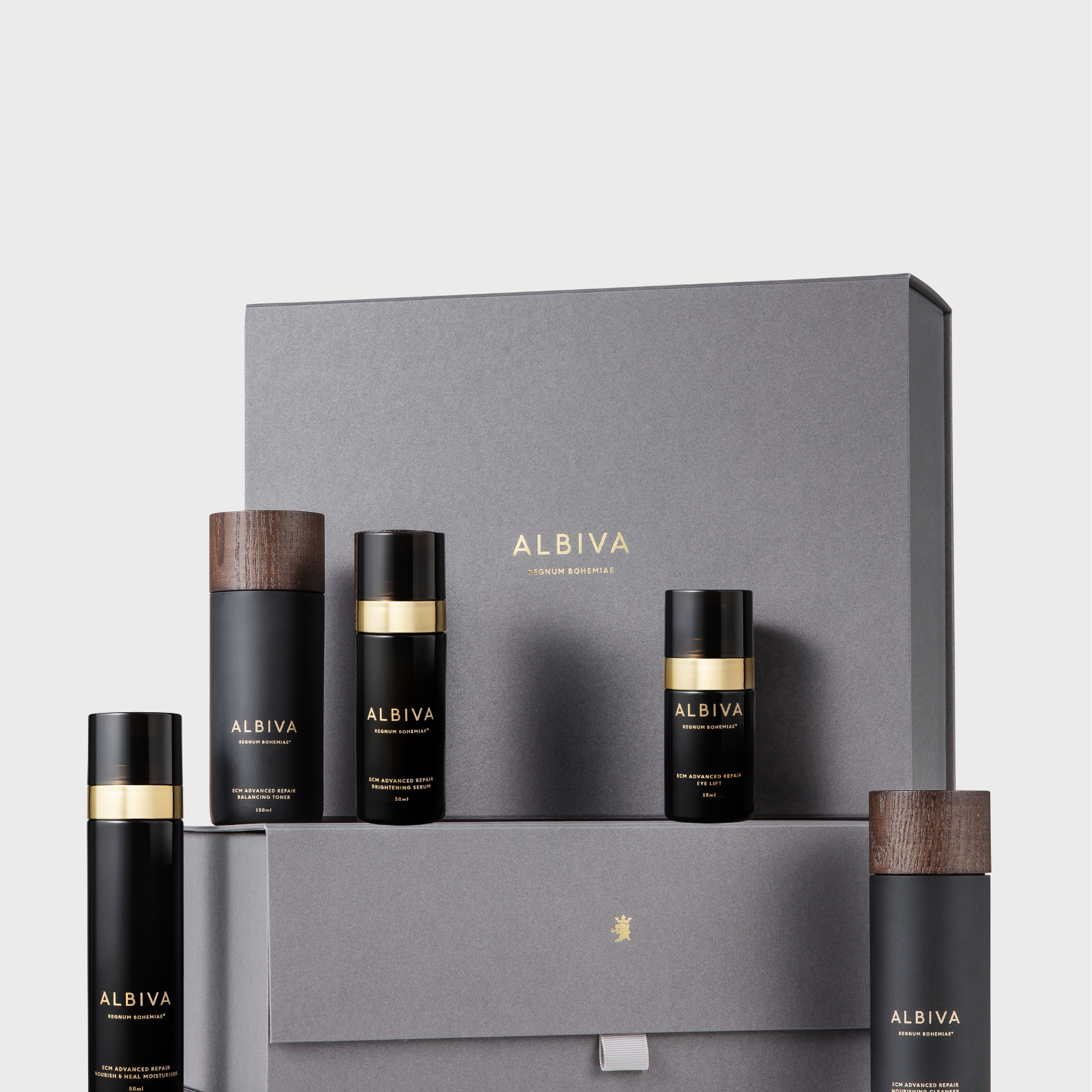Five Things You Need To Know About Hyaluronic Acid.

A gold standard in skincare when it comes to hydration, hyaluronic acid is one of the most water-loving molecules in nature. We have covered the basics in our previous post: Hyaluronic Acid – A Friend or Foe?
This superstar skin care ingredient is well known to help your body’s cells retain water. In reality, hyaluronic acid does much more. Let’s dive in.
- Not Really An Acid.
Did you know Hyaluronic Acid is not really an acid? It is a type of sugar (polysaccharide) that is present between skin cells in the body. In the human body, HA occurs in the salt hyaluronate form and is found in high concentrations in the skin.
In 1934, scientists discovered a new sugar (polysaccharide), and named it hyaluronic acid, however, the term "hyaluronan" was introduced in 1986 to more reflect its polysaccharide structure.
Originally extracted from rooster combs, this extraction process is facing a growing concern over the use of animal-derived ingredients. Hence, microbial fermentation has emerged as a new alternative for HA production. Our fermented hyaluronic acid in the Hydration Booster is vegan friendly and we pair it with another plant-based super hydrating sugar extracted by biotech fermentation: Biosaccharide Gum - 1.
- Size Of the Molecules Matters.
Not only does HA molecular size matter in terms of the skin penetration, the behaviour, action and the effect of hyaluronic acid is profoundly affected by its molecular size.
For example: At around 400 kDa, HA stimulates the production of nerve cell growth factors. HA closer to 120 kDa activates messenger molecules involved in growth and healing. (LMW HA ranges from 20 to 300 kDa, and HMW HA starts at 1,000 kDa.) Another good example is inflammation – different sized molecules can either trigger, or fight inflammation.
The larger molecular size HA stays on the skin without being absorbed where it forms a barrier, locking in moisture and, in some conditions, attracting water from the air. Small molecular size HA penetrates the skin to carry and hold water in deeper layers and trigger some key biological processes. The result is shallower wrinkles and suppler skin.
Though early HA skin-care products used the HMW version, many modern formulations, such as our Hydration Booster include several sizes. Formulating with multiple sizes of HA provides hydration both on and within the skin’s surface.
In summary, HA’s biochemistry is particularly complex, as it interacts differently with various cell receptors depending on its molecular size.
- It Hydrates And Moisturises.
Skin care products use different ingredients to either hydrate or moisturize the skin. Some ingredients, such as hyaluronic acid, do both.
What is the difference between skin hydration and moisture? Hydration and moisture are in fact two distinct skin care needs. Spoiler alert - some ingredients can do both (hydrate and moisturise).
Hydrating the skin means increasing its water content through ingredients called humectants which attract and hold water - a must for well-functioning, healthy and balanced complexion
Moisturising the skin can be broken down to:
- Strengthening the skin barrier function and promote an improvement in the skin’s appearance and texture through ingredients called emollients: eg. fatty acids and fatty alcohols.
- Occlusives: These are oils and lipids that form a layer on the skin to prevent water loss.
Larger HA molecules are able to form an efficient barrier against water loss, giving it moisturising function. Our Hydration Booster combines small and larger HA molecules to support healthy, naturally radiant skin.
- When Applied To The Skin, HA Stimulates Cells To Produce Their Own HA.
Together with other substances, HA belongs to Natural Moisturising Factor (NMF). The beauty of HA is not only it’s bio-availability and the excellent penetration of the smaller-sized HA molecules into the skin, but also the fact that these smaller molecules stimulate the skin’s own internal production of HA thus increasing its hydration ability further than ‘just’ attracting and biding water.
- It Works Wonders On Everyone, Can Be Used Anytime And Pairs Well With Existing Skincare Routines.
Hyaluronic acid works for any skin type, even sensitive or breakout prone skin, as well as those with an oily complexion. Unlike other serums or active ingredients that need to be applied specifically in the morning or at night, hyaluronic acid is the flexible hydrator that can be used any time. It also doesn’t interfere with your other active skincare, so can be easily slotted into your existing skincare regime. Quick tip: Apply it first, directly onto clean, damp skin so it can really show off its water binding capabilities. If your skin is dry, put your moisturiser or face oil on top to lock the moisture in.
Have you learnt something new about HA? ✨





